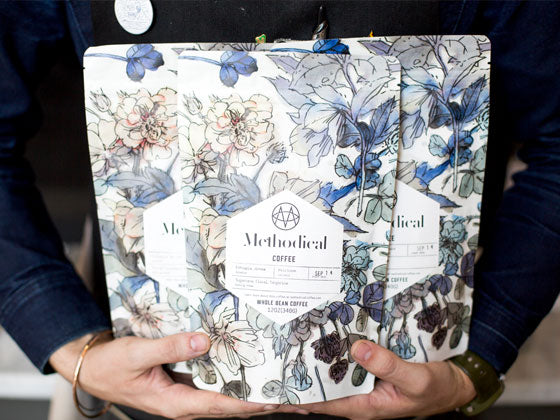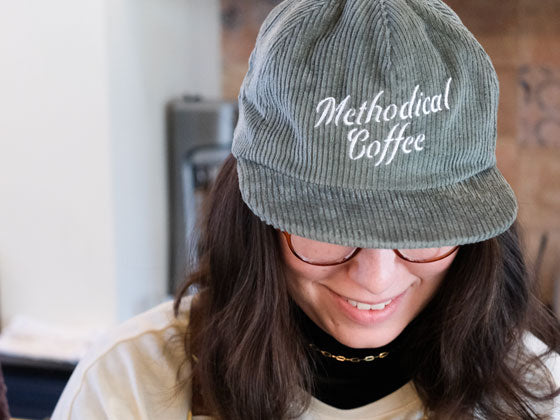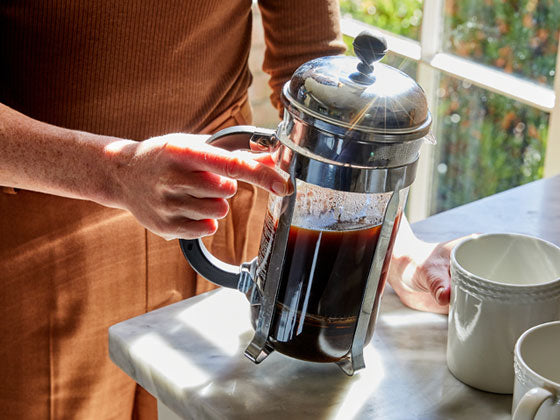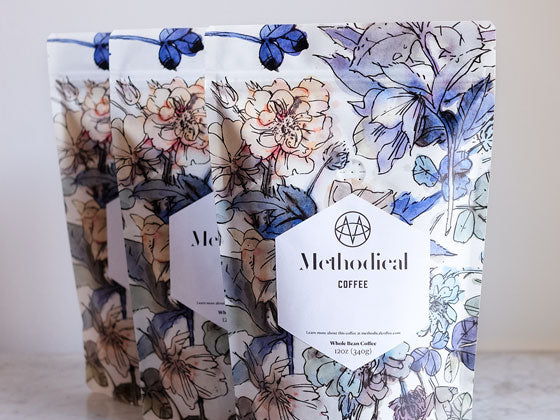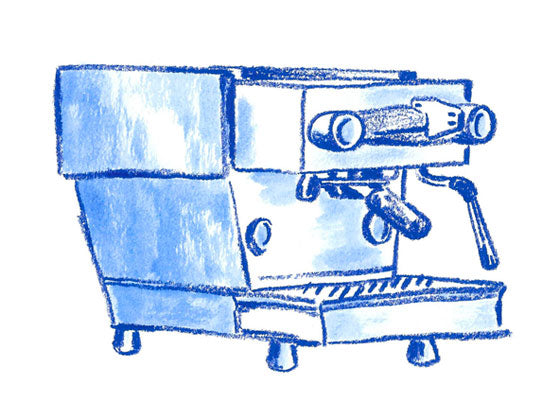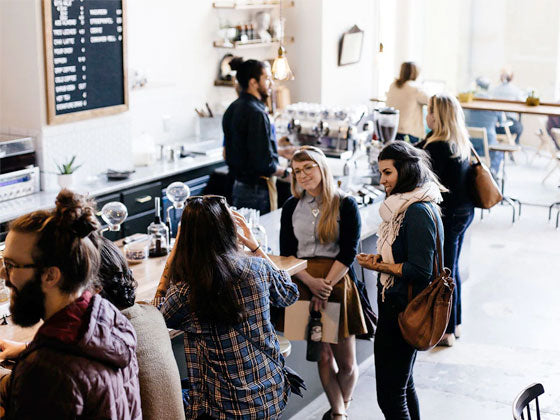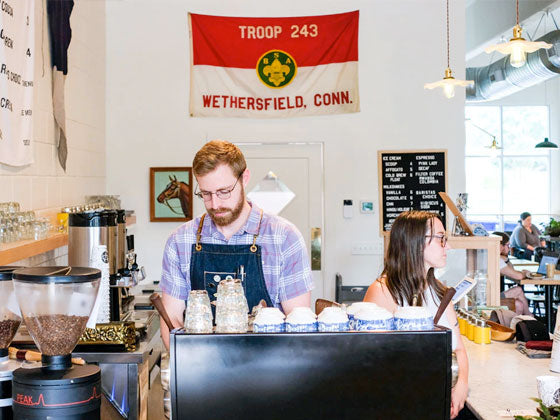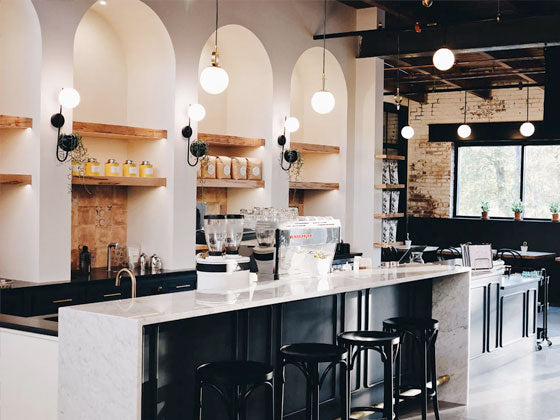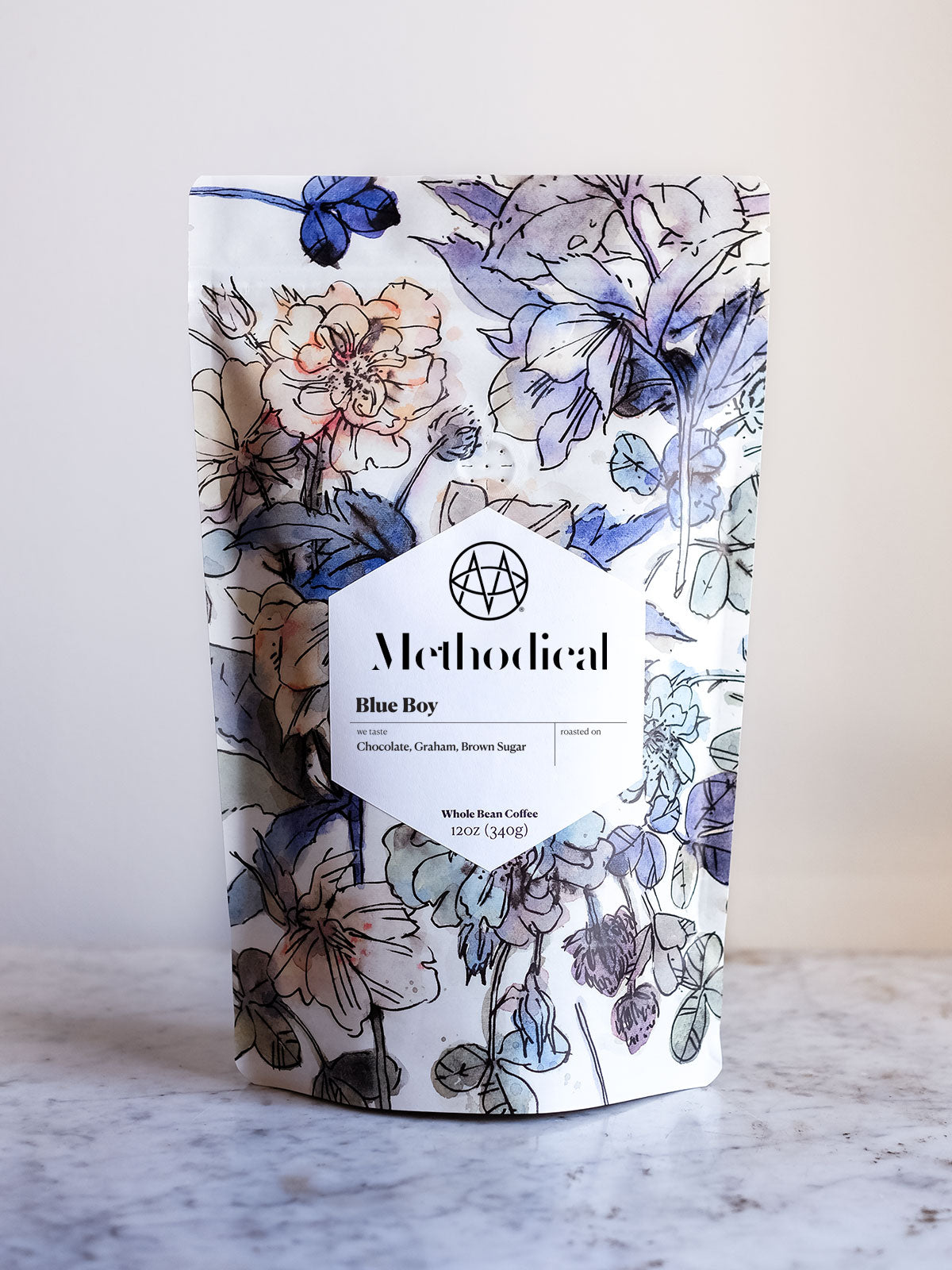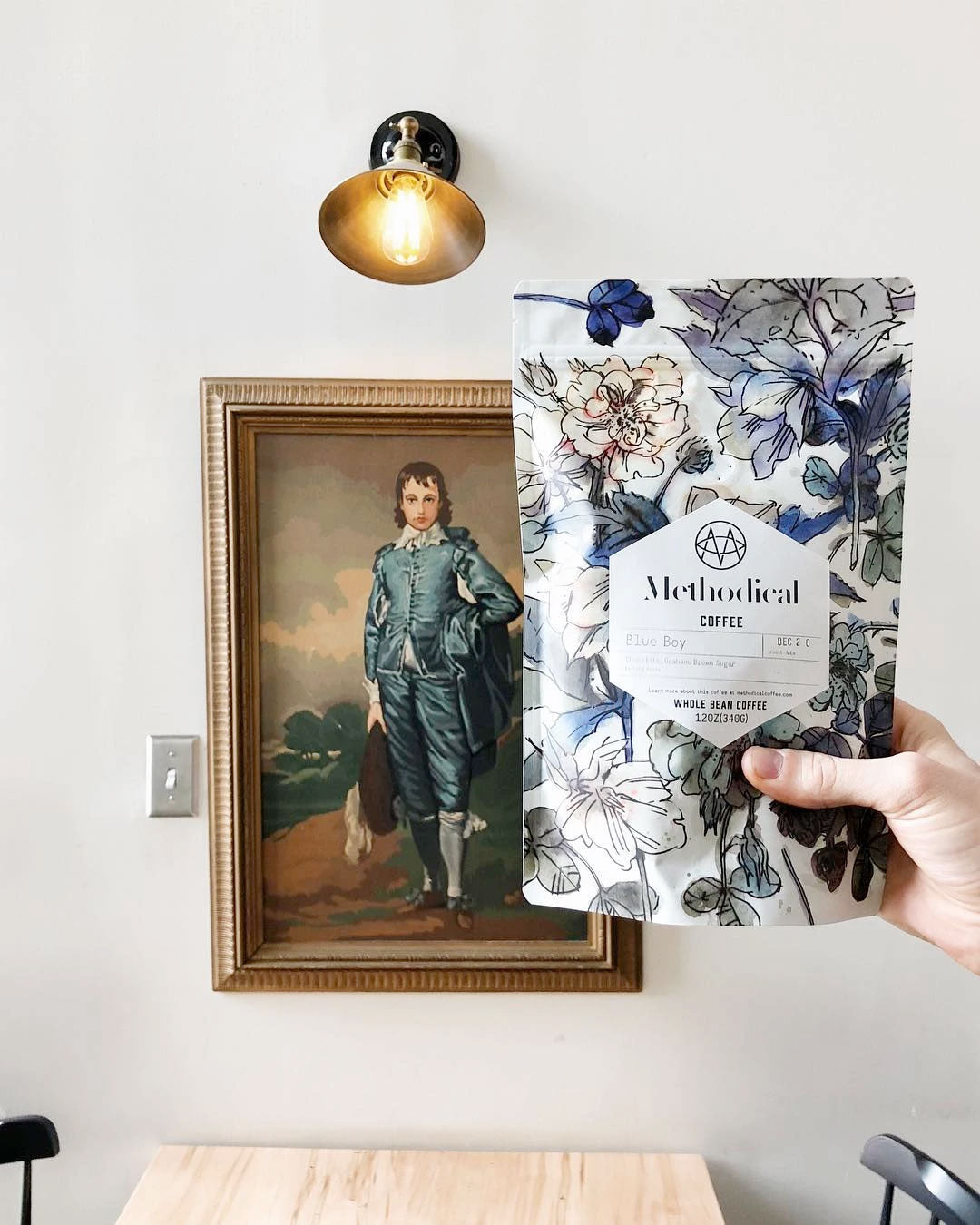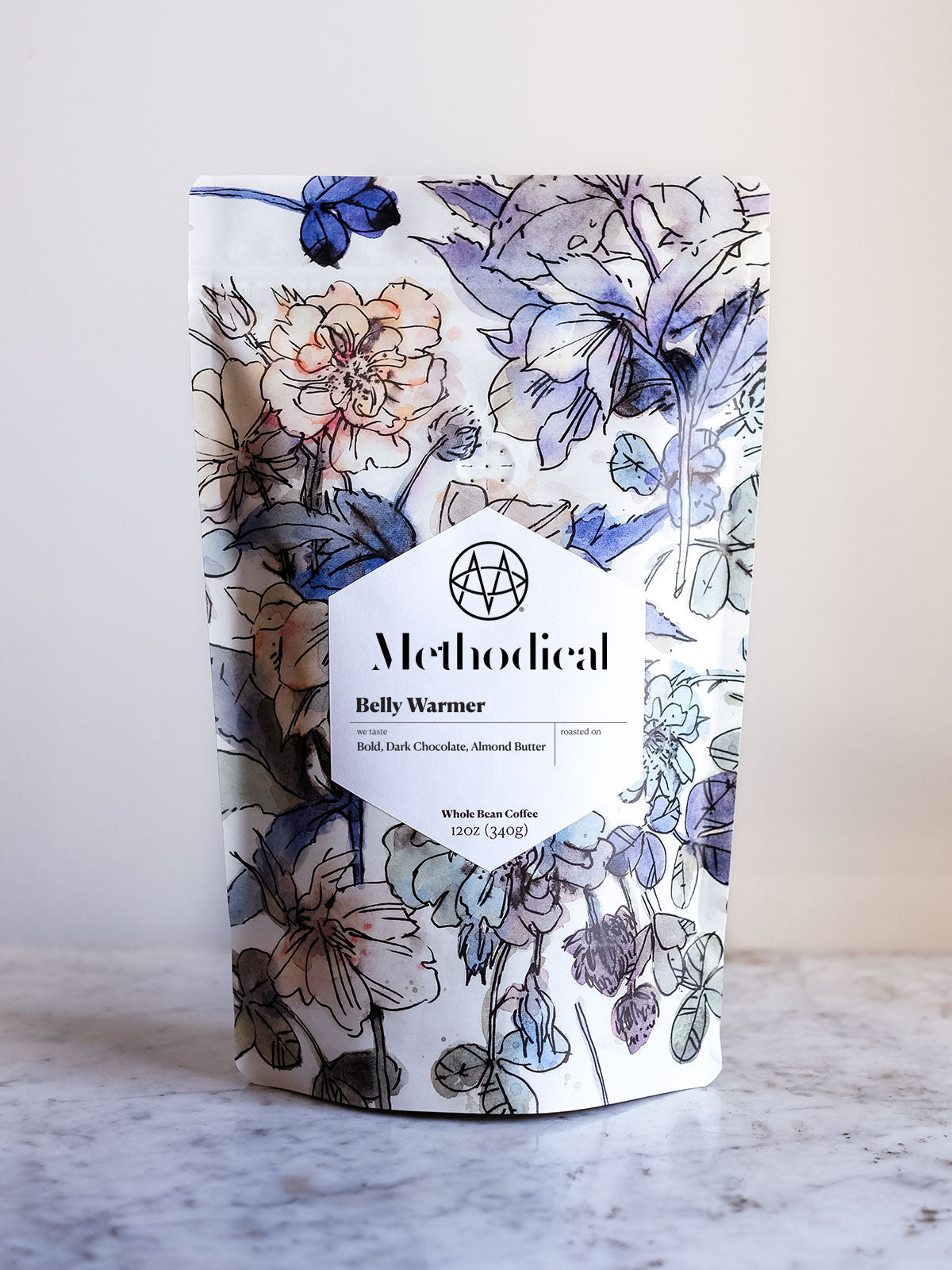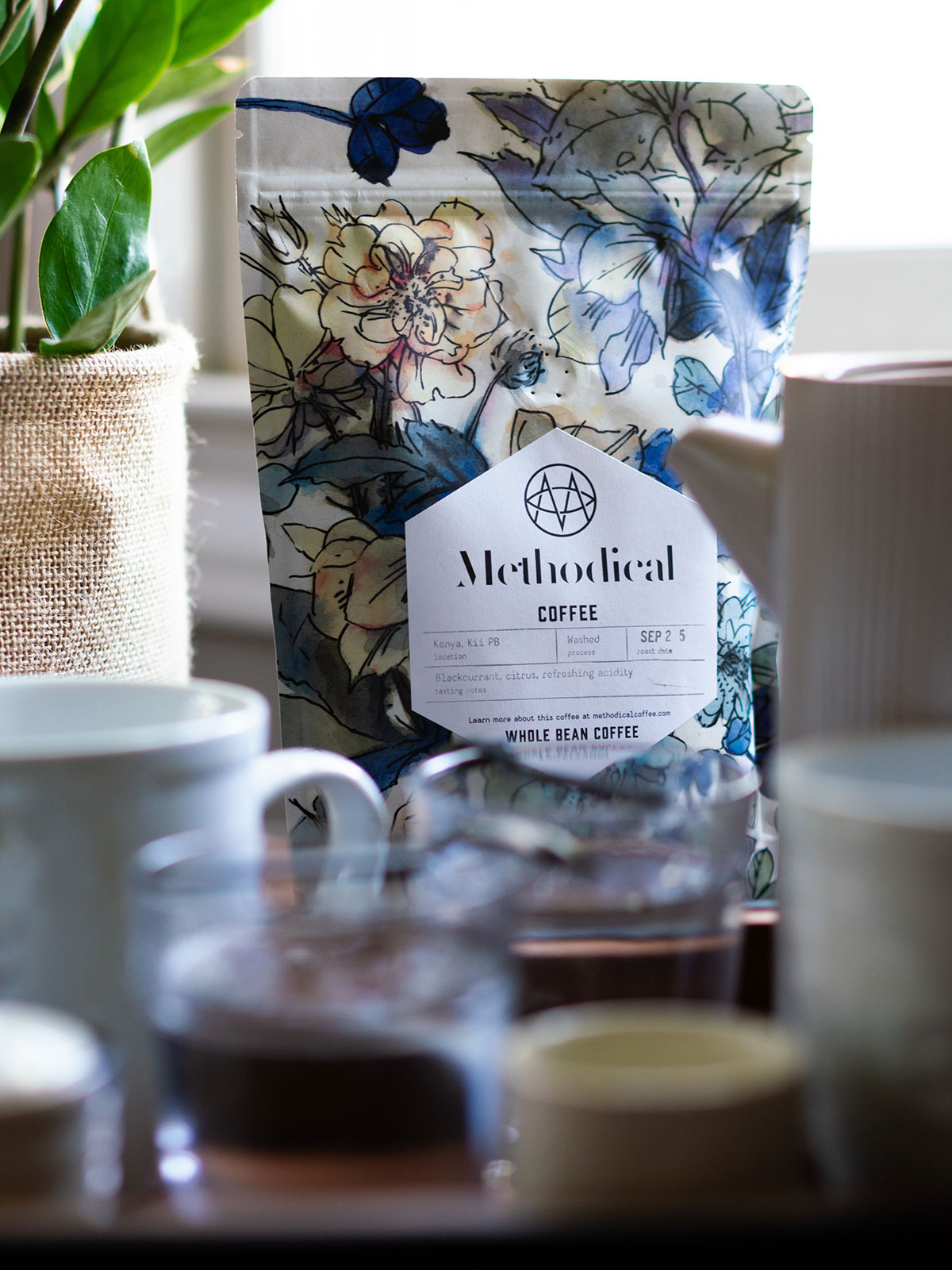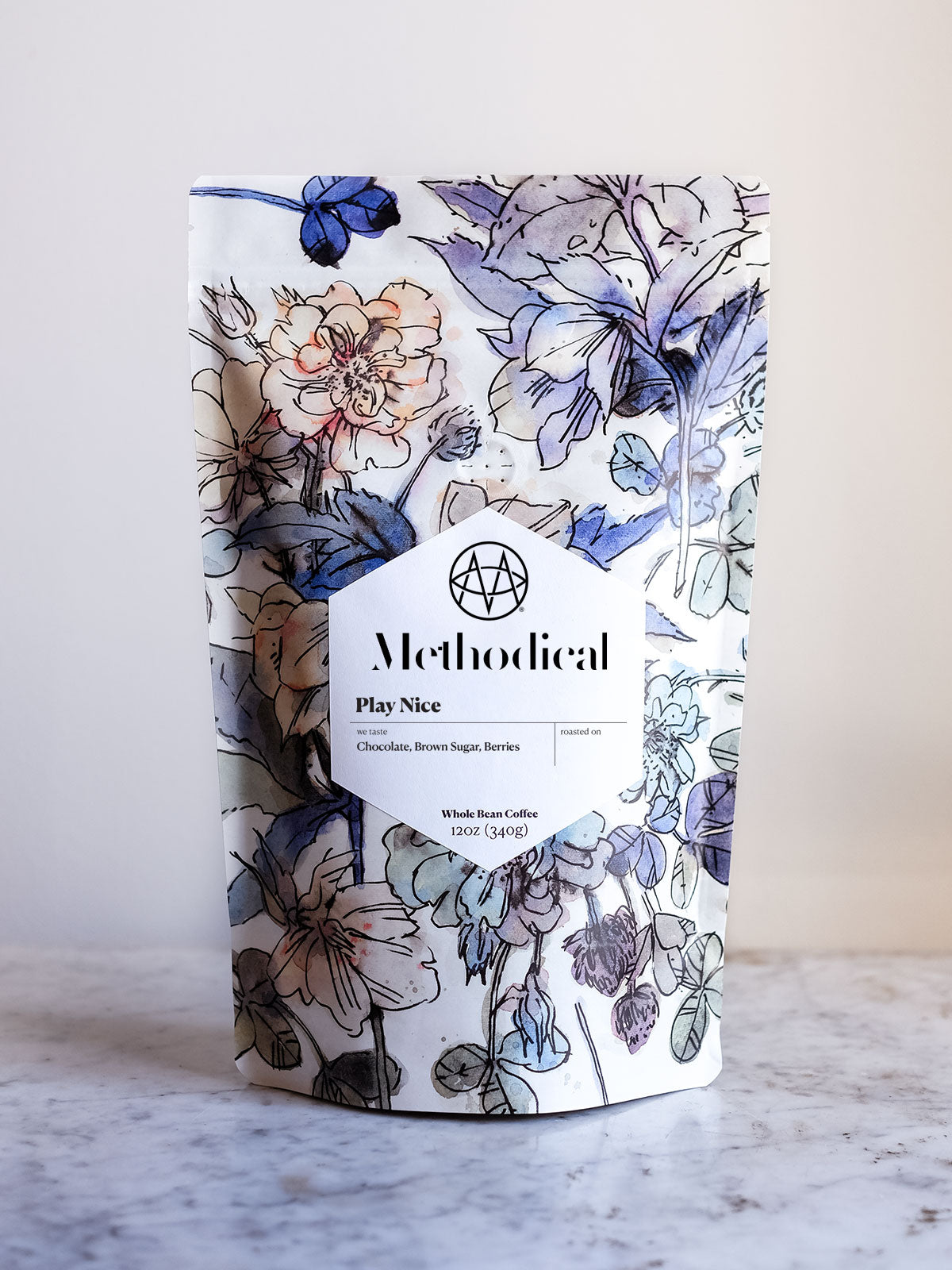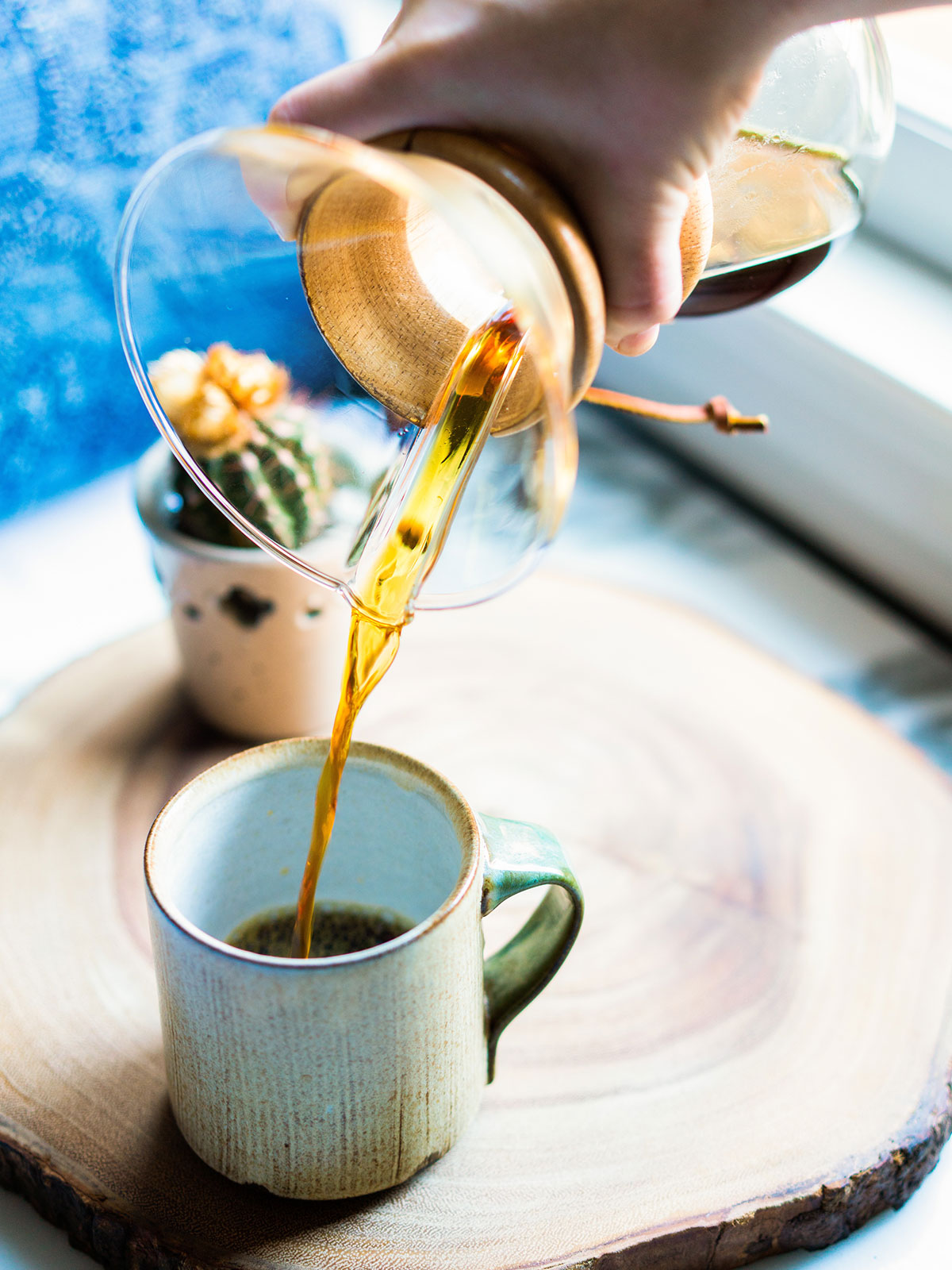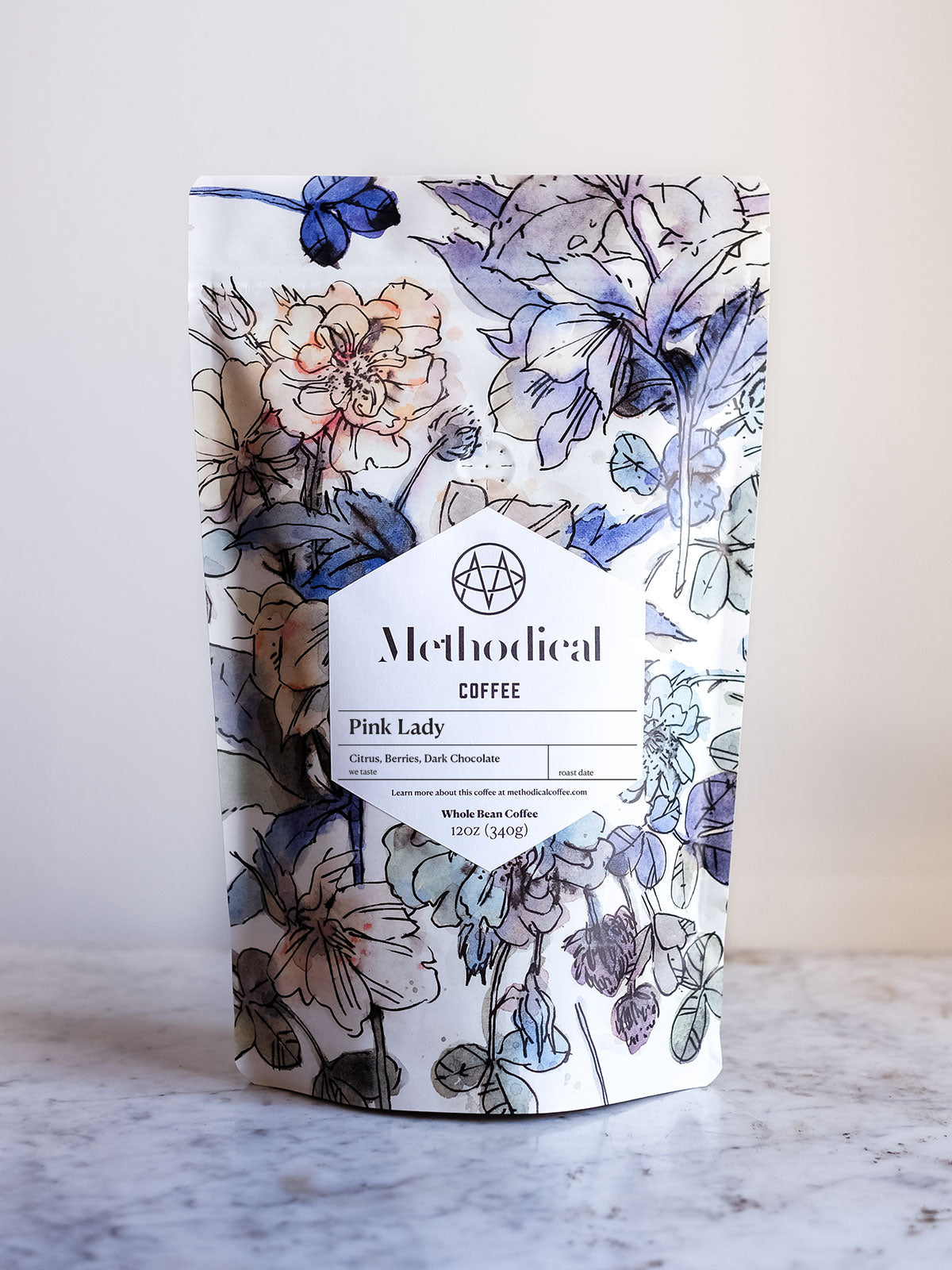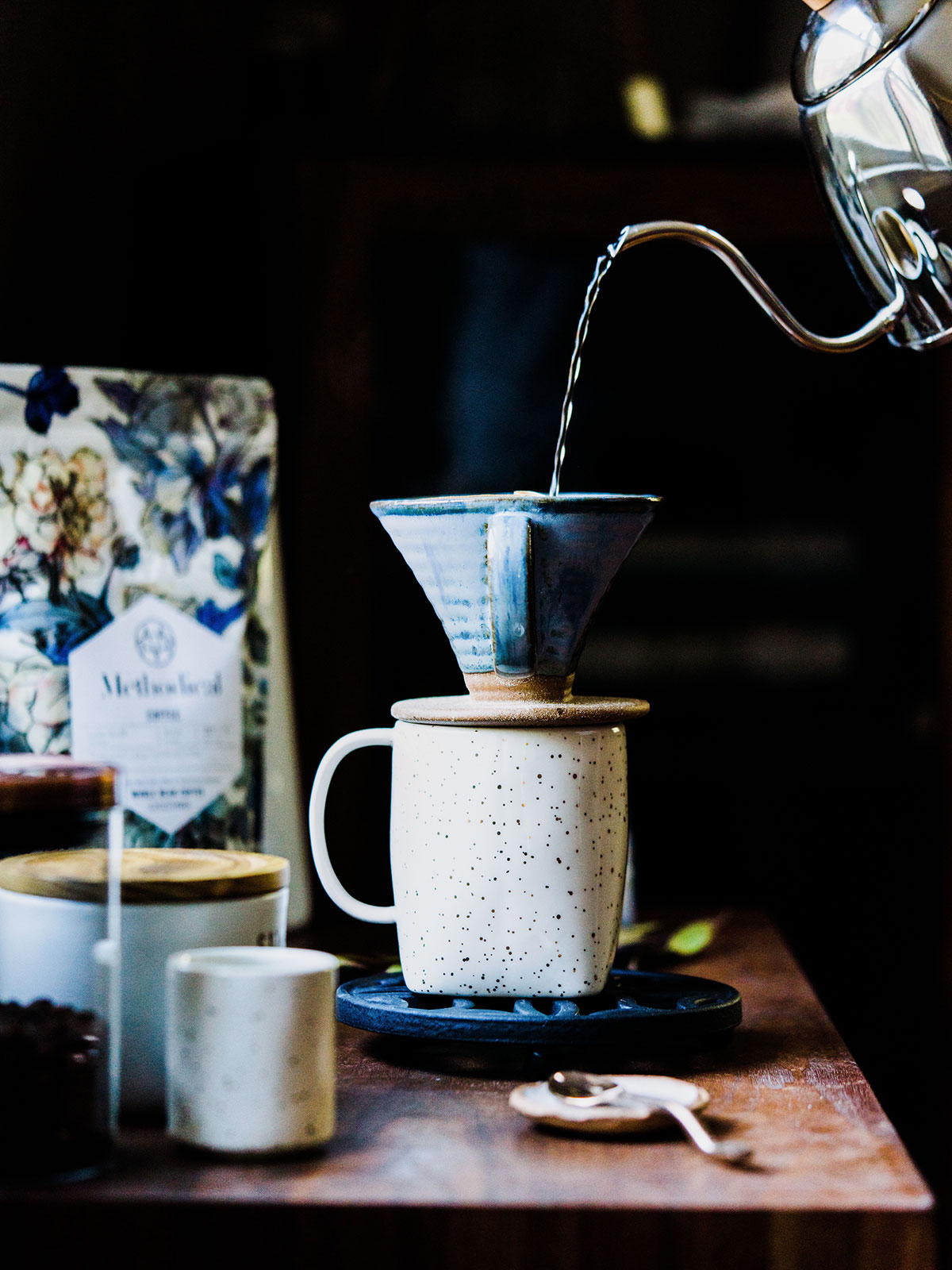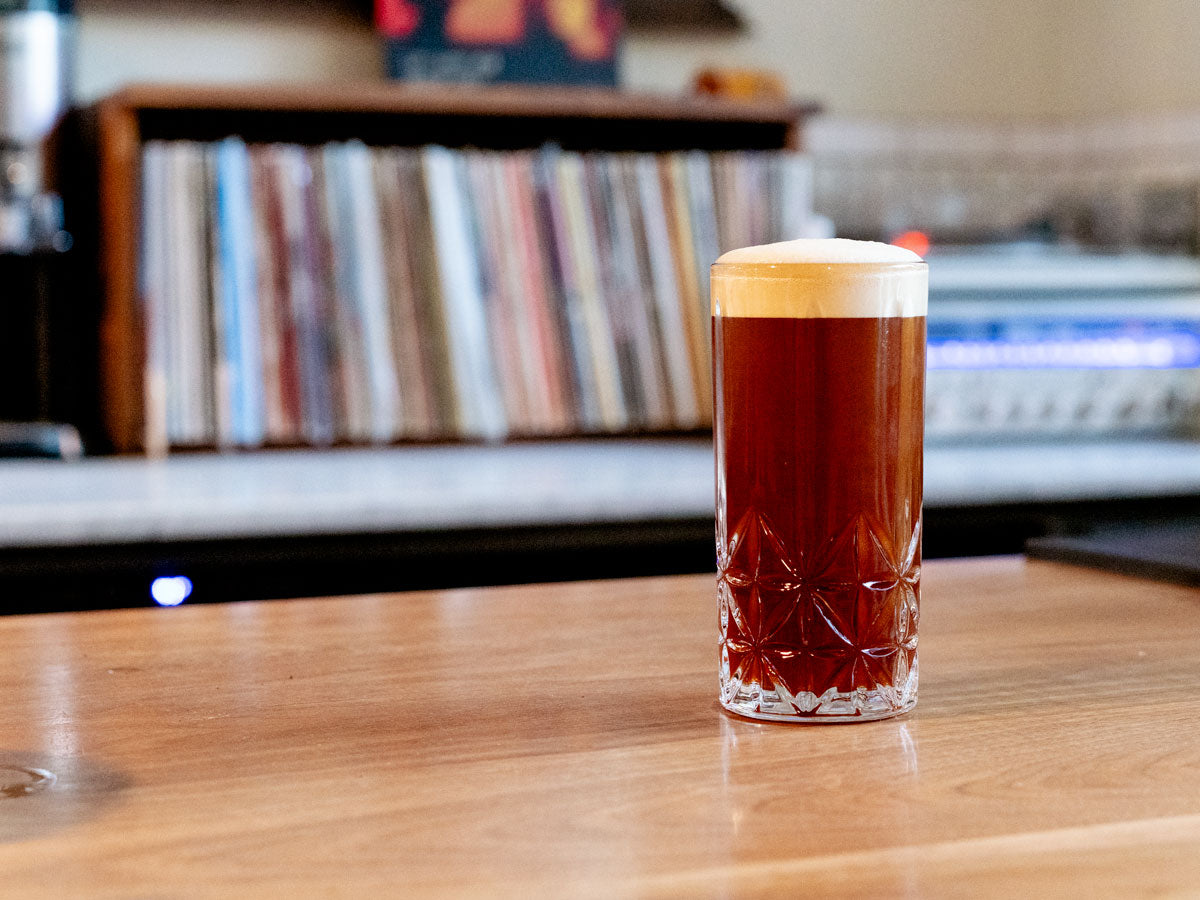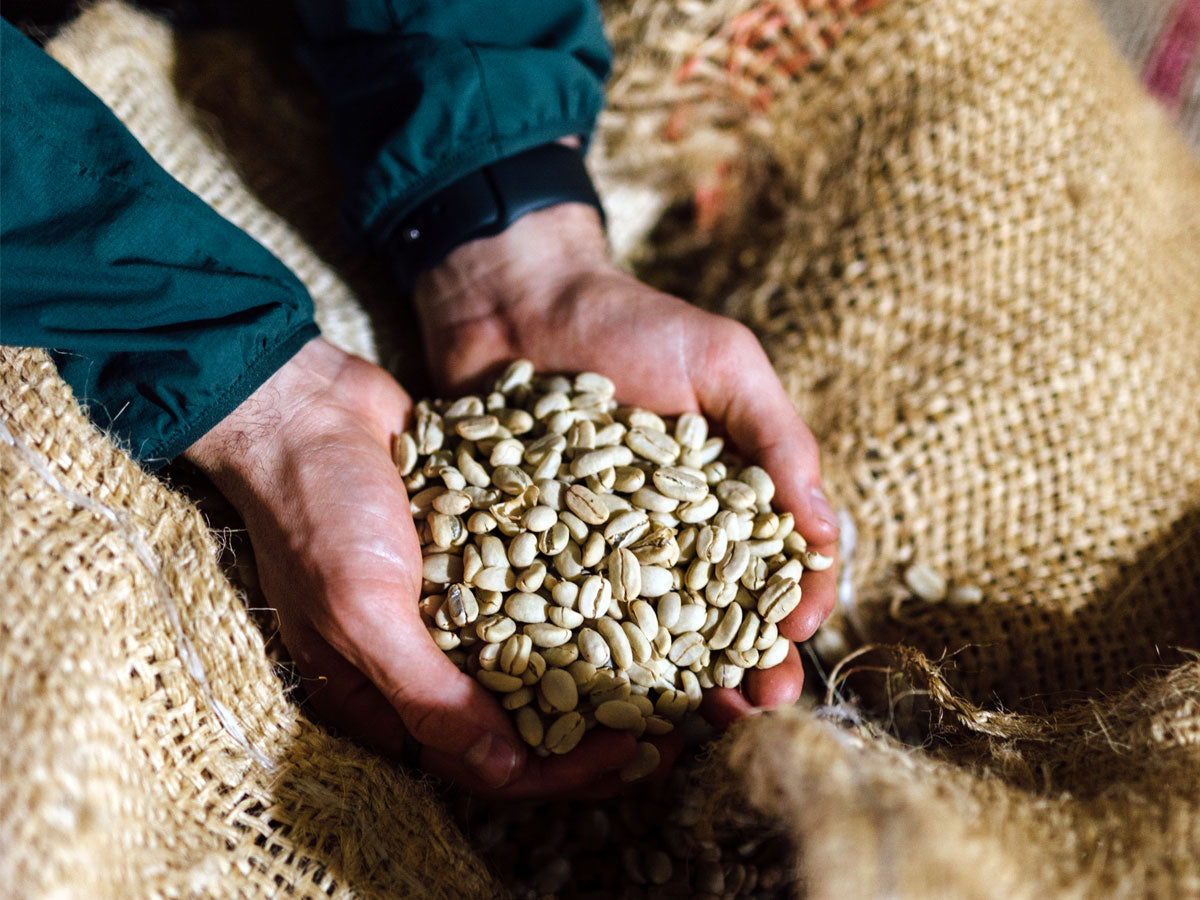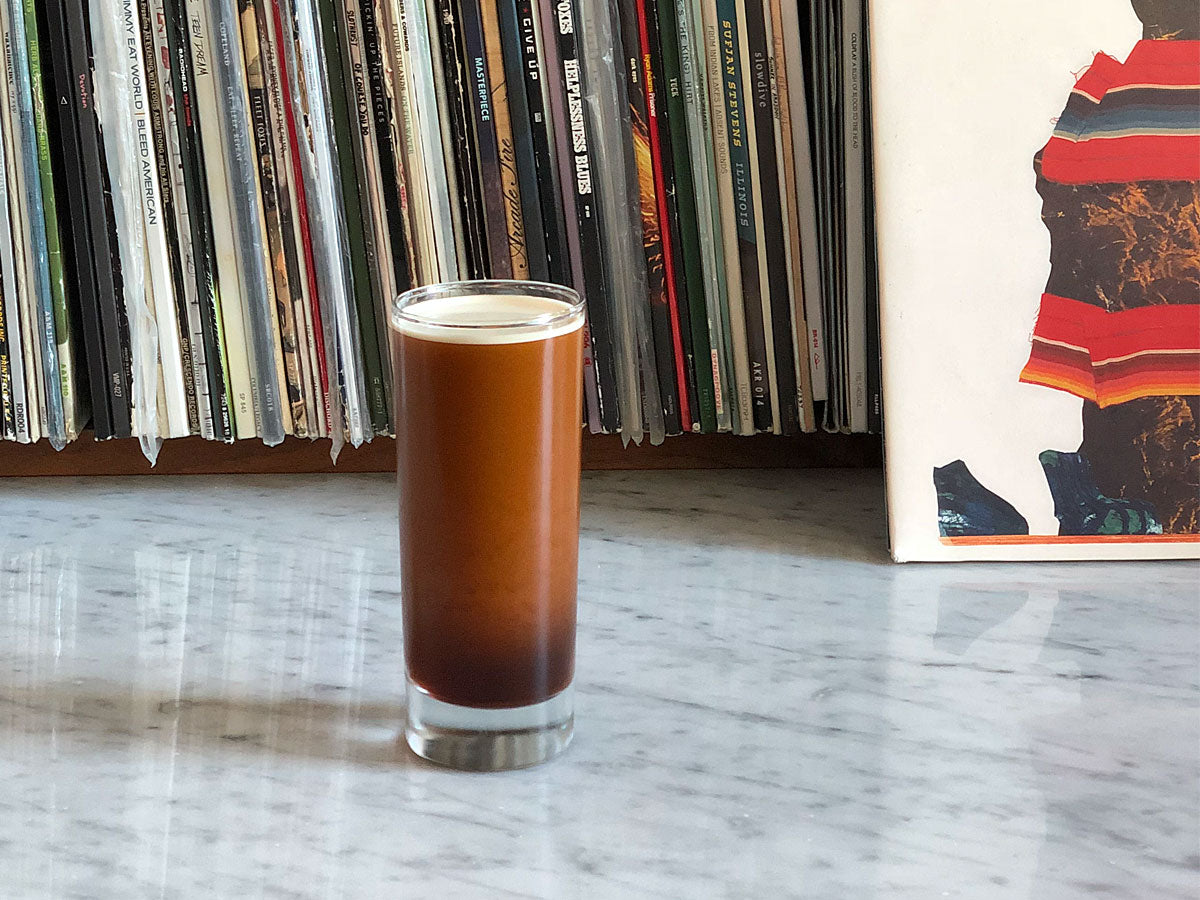What does it mean when a coffee is named after a region of a country? Or what does a coffee blend actually mean? We’re here to help you navigate the nuance of single origin coffees and blended coffees, which is better, and what would be best for you.
What is single origin coffee?
Single origin coffee is coffee from a single source such as a farm or even a lot within that farm and from a single harvest. It may even be as precise as a single varietal of coffee, and processed a single way. The intent of single origin coffee is to highlight the nuance mother nature creates through terroir—the place, the weather, and the soil. Single origin coffees will never taste the same year after year simply due to the impact weather has on the flavor of an agricultural product. You’re tasting a singular place and a moment in time, which is what makes single origin coffees so special.
What is coffee traceability?
Coffee traceability has become table stakes for specialty-grade coffee roasters and their customers. Traceable coffee includes precise information for where and how the coffee was cultivated, processed, and how much every person was paid along the way. This transparency encourages equitability and sustainability as well as education for how flavor is impacted by all coffee goes through in its life.
What is the difference between single origin and blends?
Where single origin coffees highlight the nuance of mother nature, blends highlight a specific flavor profile. Blends are created for flavor consistency for those who want their coffee to taste relatively the same with every cup. So a roaster may choose to create a dark roast coffee with a flavor profile of baking spices and chocolate. They’ll find several single origin coffees that when mixed together, create that profile. And if they run out of one of those coffee components, they can swap it for another similar coffee to maintain the flavor profile. This means that coffee blends can be available year round.
Which is better: single origin or blended coffee?
When choosing between a single origin or coffee blend, it’s best to start with what you’re looking for in your cup of coffee. It’s easier to know what you’re getting with coffee blends because of their intentional consistency. Coffee blends often offer a very balanced cup that’s been strategically created by the roaster. So blends often do better with cream and sugar, flavorings, or in espresso drinks. Whereas some single origin coffees do well with milk and sugar, but a lot do not. And some single origin coffees stand up well with milk in a latte, but a lot do not. It all depends on what that single origin coffee has to offer.
Learn more: How to Enjoy Black Coffee
Where coffee blends are a safer bet, if you’re looking for nuance and something you may have never had before, single origin coffee is where it’s at. Coffees from a single origin will be more daring, adventurous, and complex. By exploring regions, varietals, and processing techniques, you’ll be able to taste the full flavor spectrum coffee has to offer. These coffees are often best highlighted through manual brewing such as pour overs.
Learn more: How to Make a Pour Over Coffee
What makes a good single origin?
The role of the coffee roaster is to bring out the flavor that’s already within the bean, and not to impart anything else. If the coffee is poorly roasted or if any flavors are added, then it diminishes that speciality of that single origin coffee. The flavor that’s within the bean tells a story of the life the plant lived—the rain fall, soil fertilization, elevation, sunlight, and temperature. And that story reflects how well it was cared for by the farmer. If the coffee lived a good life, through proper care on the farm, then the coffee will taste great. But coffee that was poorly cultivated through poor farming practices will reflect the lack of care through its flavor. Keep these things in mind when selecting a single origin coffee. The care taken by the roaster and the producer will be reflected in the beans.
Learn more about the different types of coffee beans.
What makes a good coffee blend?
The role of the coffee roaster when producing a blend is to balance the body, acidity, and flavor profile of the coffee components. A poorly blended coffee will taste muddled or may be thin. Whereas a properly blended coffee will have body with complexity and all the components will complement each other. The first sip, while you swirl the coffee over your tongue, and the after-taste will all have pronounced nuance. These characteristics should be present no matter if the blend is created to be brighter and fruit forward or darker with chocolate and nutty qualities.
Why do roasters make coffee blends?
Consistency is one of the most important qualities customers look for in the businesses they patronize. And because single origin coffees are what they are and difficult to manipulate, coffee roasters have developed blends in order to provide a more consistent product for their customers. The blends build name recognition for qualities that are within the roaster's control, such as body or flavor profile. This provides customers a familiar product and a product roasters can build recognition for.
As with most things in life, you get what you pay for. Sourcing single origin or blended coffees from experienced roasters focused on quality will help to ensure the coffee has lived the good life and has been cared for all along the way, which will be reflected in your cup. Once you find the roasters you trust, explore their offerings and keep an open mind. Every coffee is unique and special in its own way and you can spend a lifetime exploring all coffee has to offer and never have two cups that are the same.
One of the best ways to experience the nuance of coffee is through comparison. Coffee cuppings are a very special ritual for coffee roasters where multiple coffees are tasted side by side. The flavor notes of a coffee really stand out when compared to a coffee with baking spice flavors. Check out our guide to coffee cupping if you’d like to set one up yourself.
To ensure you’re getting the most out of your coffee, be sure to watch our brew guides which will teach you our recipes for brewing coffee on all the popular brew devices.
You might also like:
